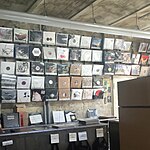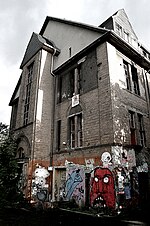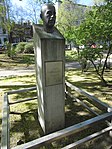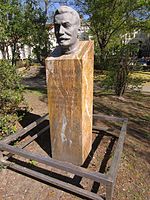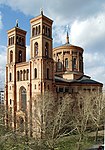SO36
Buildings and structures in Friedrichshain-KreuzbergMusic in BerlinNightclubs in BerlinPunk rock venues

The SO36 (German: [ʔɛsʔoːˌzɛksʔʊntˈdʁaɪ̯sɪç] (listen)) club is a music club on Oranienstraße near Heinrichplatz in the area of Kreuzberg in Berlin, Germany. It takes its name from the historic postcode of that area, SO36, in which the SO stands for Südost (South East). The Kreuzberg district has historically been home to the Berlin punk rock movement, as well as other alternative subcultures in Germany.
Excerpt from the Wikipedia article SO36 (License: CC BY-SA 3.0, Authors, Images).SO36
Oranienstraße, Berlin Kreuzberg
Geographical coordinates (GPS) Address Nearby Places Show on map
Geographical coordinates (GPS)
| Latitude | Longitude |
|---|---|
| N 52.500277777778 ° | E 13.422222222222 ° |
Address
Oranienstraße 190
10999 Berlin, Kreuzberg
Germany
Open on Google Maps
